Analemma inverts the traditional diagram of an earth-based foundation, instead depending on a space-based supporting foundation from which the tower is suspended. This system is referred to as the Universal Orbital Support System (UOSS) which is based on the principles of a conventional space elevator. By placing a large asteroid into orbit over earth, a high strength cable can be lowered towards the surface of earth from which a super tall tower can be suspended. Since this new tower typology is suspended in the air, it can be constructed anywhere in the world and transported to its final location. The proposal calls for Analemma to be constructed over Dubai, which has proven to be a specialist in tall building construction at one fifth the cost of New York City construction.
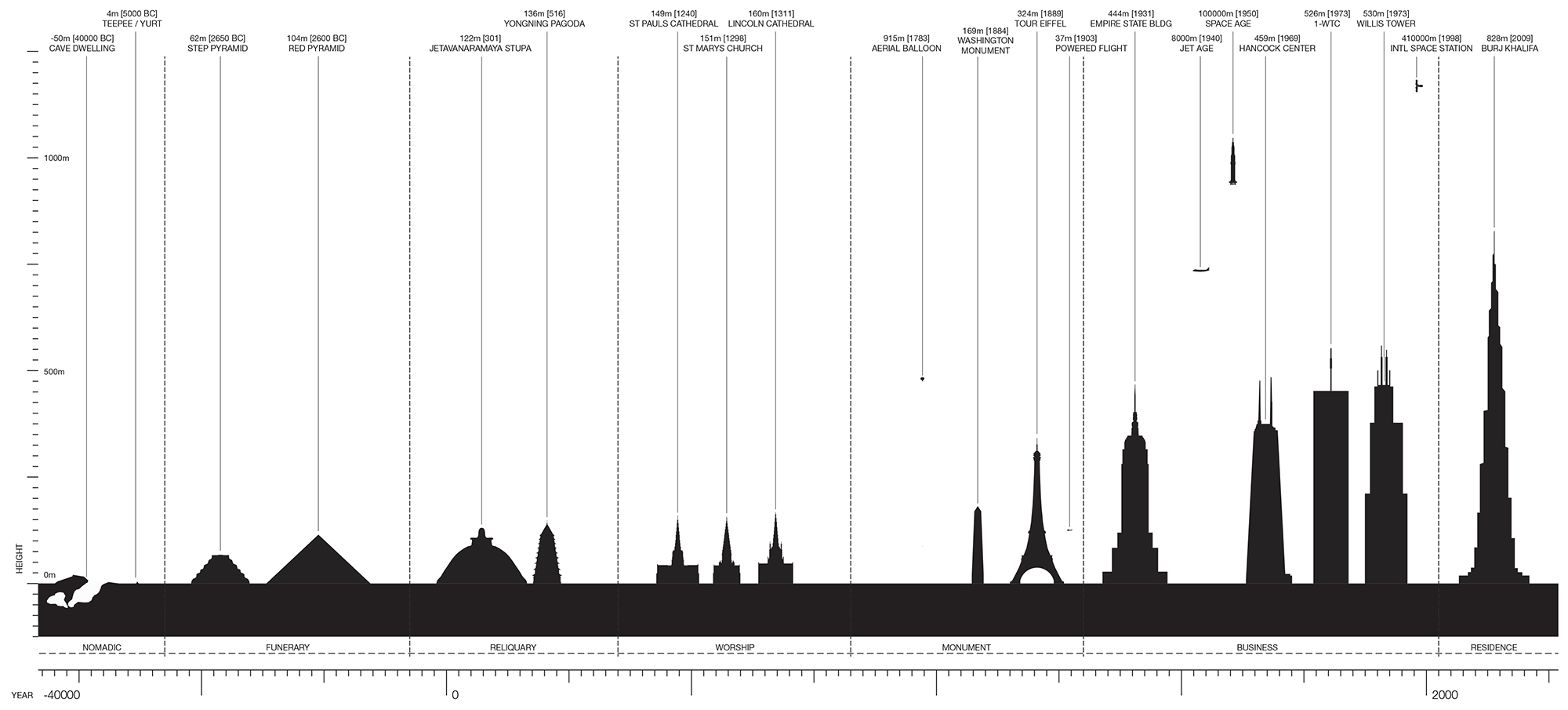
Chart plotting tallest buildings in the world and their year of completion
Cataloging architecture around the world going back to the earliest known structures, we can see a clear pattern emerging. The human built environment has been ascending towards loftier, more crystalline towers over time. Plotting buildings on a chart correlating time with height we can see a curve forming, it's recent slope suggests the beginnings of an exponential increase in height. Applying market trading forecasting methods, we can infer that human structures will reach higher and higher, that we are in the process of dislodging ourselves from the planet's surface.
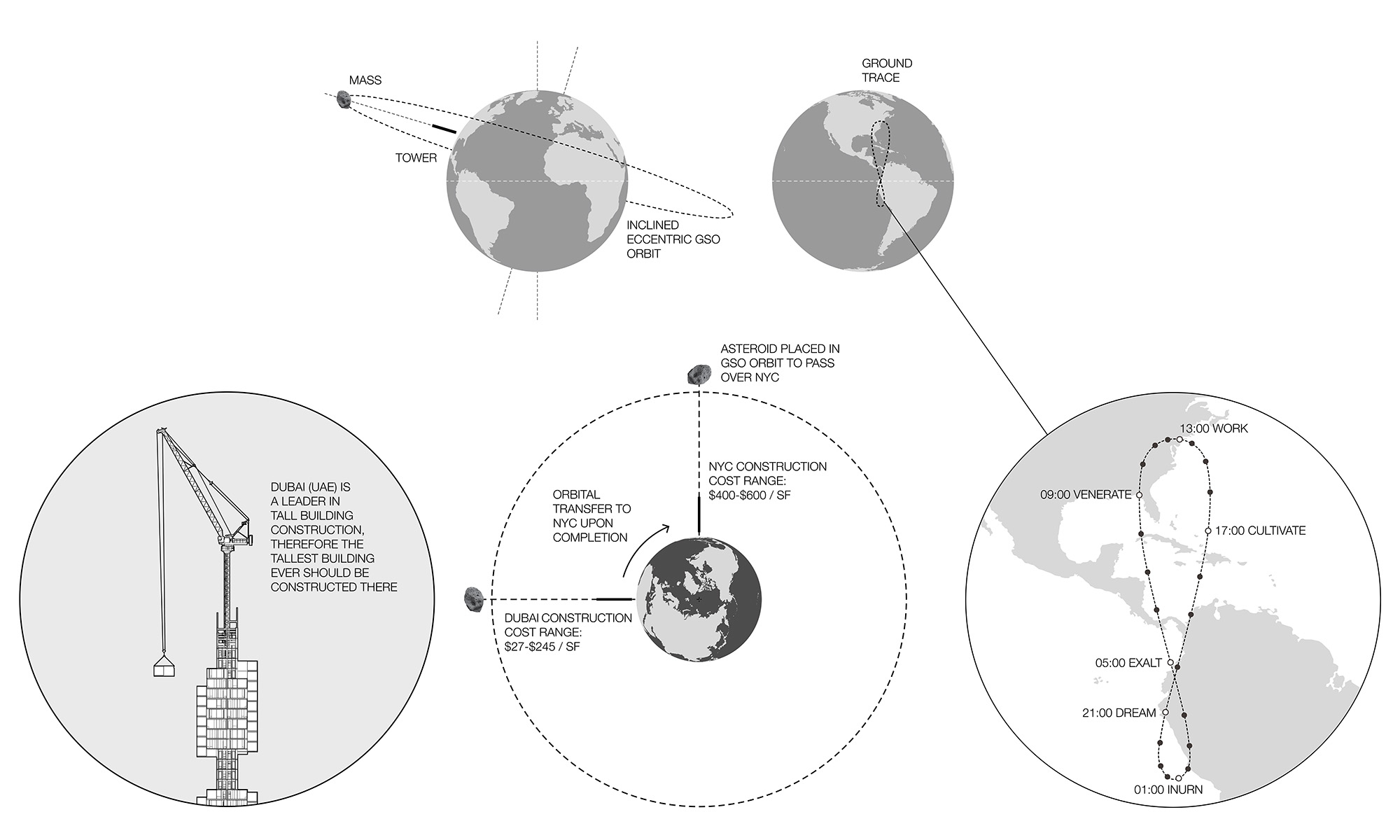
Orbital mechanics for Analemma: geosynchronous orbit would match earth's sidereal rotation period of one day. The tower's position in the sky traces out a path in a figure-8 form, returning the tower to exactly the same position in the sky each day. Ground trace annotated with 24-hour segments corresponding to the towers position over a specific geographic feature

Unrolled Orbital Path: Chart showing a typical daily cycle for an inhabitant of Analemma. Business is conducted at the lower end of the tower (F), while sleeping quarters are approximately 2/3 of the way up. Devotional activities are scattered along the highest reaches (A, B, D), while surface transfer points (G) take advantage of high topography. The size and shape of windows changes with height to account for pressure and temperature differentials. The amount of daylight increases by 40 minutes at the top of the tower due to the curvature of the earth
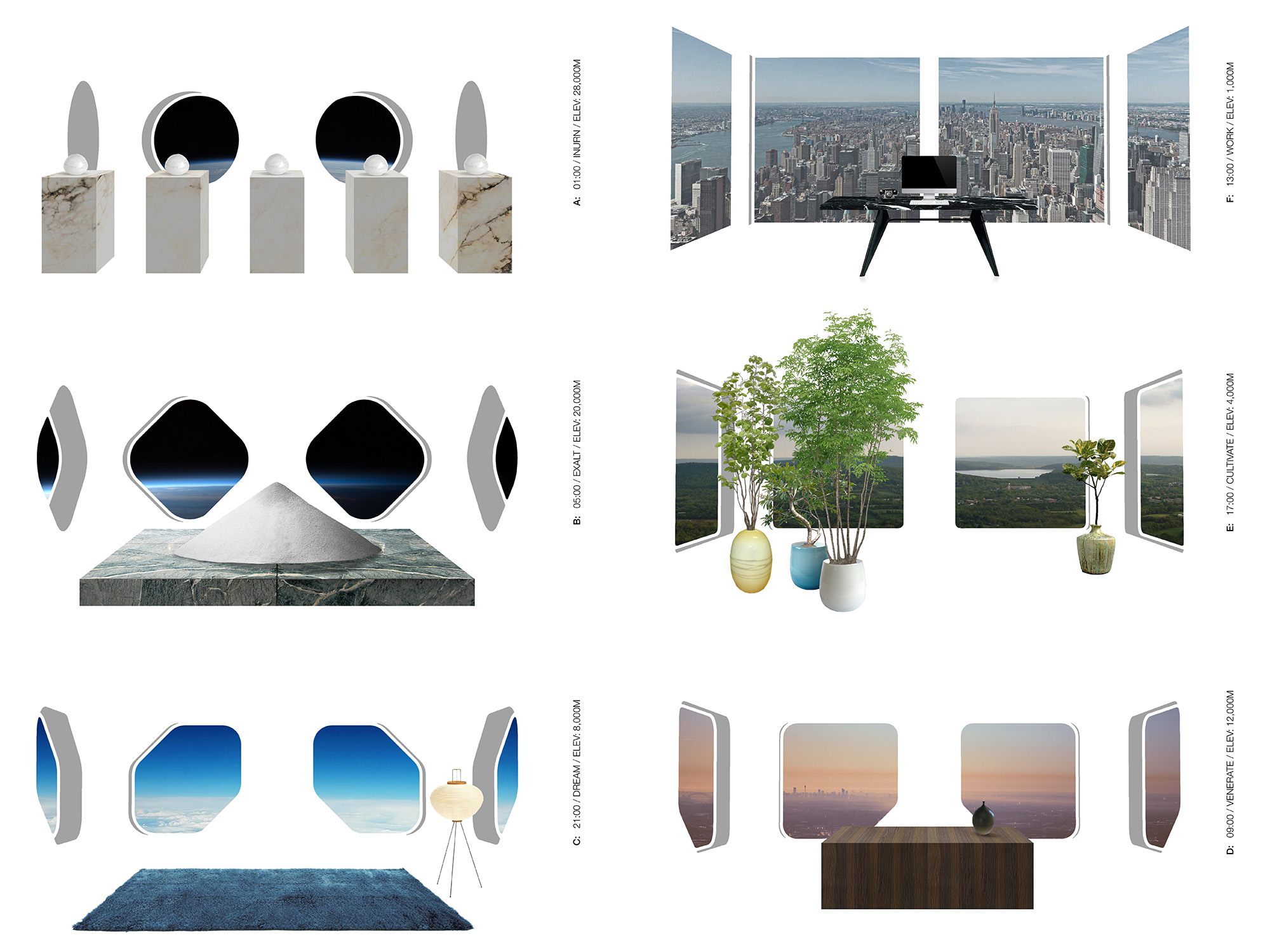
Views out from various heights along the tower calibrated to the 24-hour orbital cycle. The size and shape of windows changes with height to account for pressure and temperature differentials
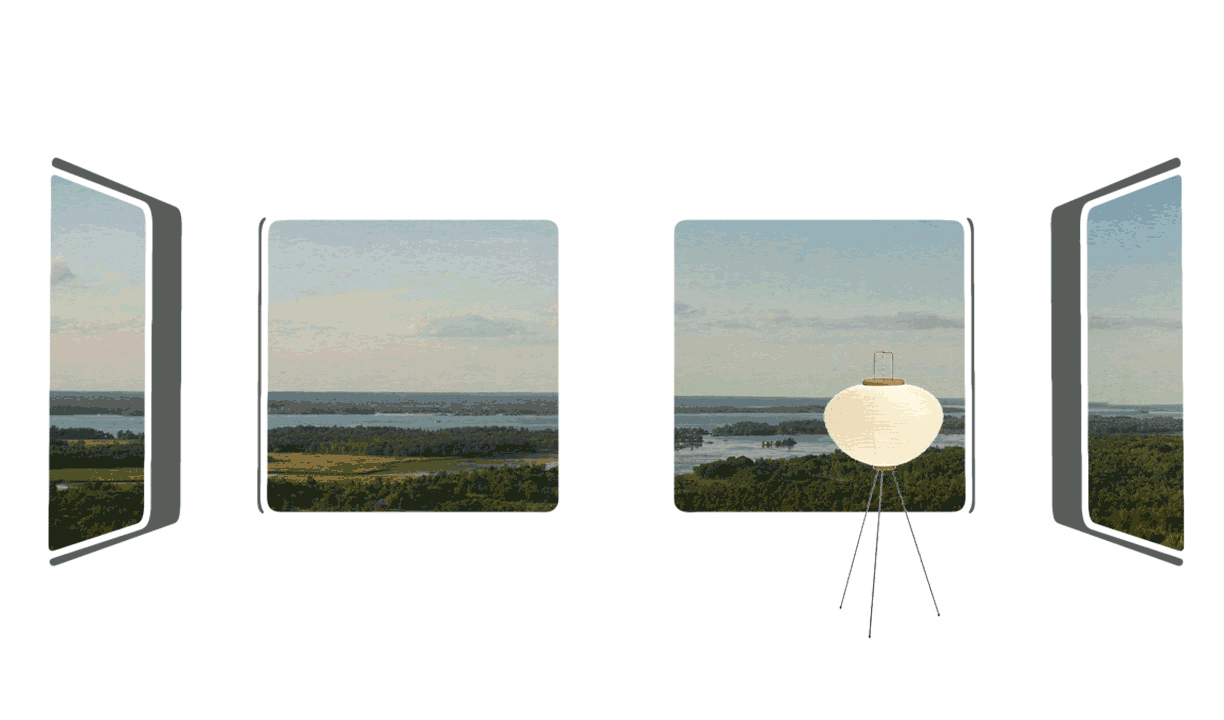
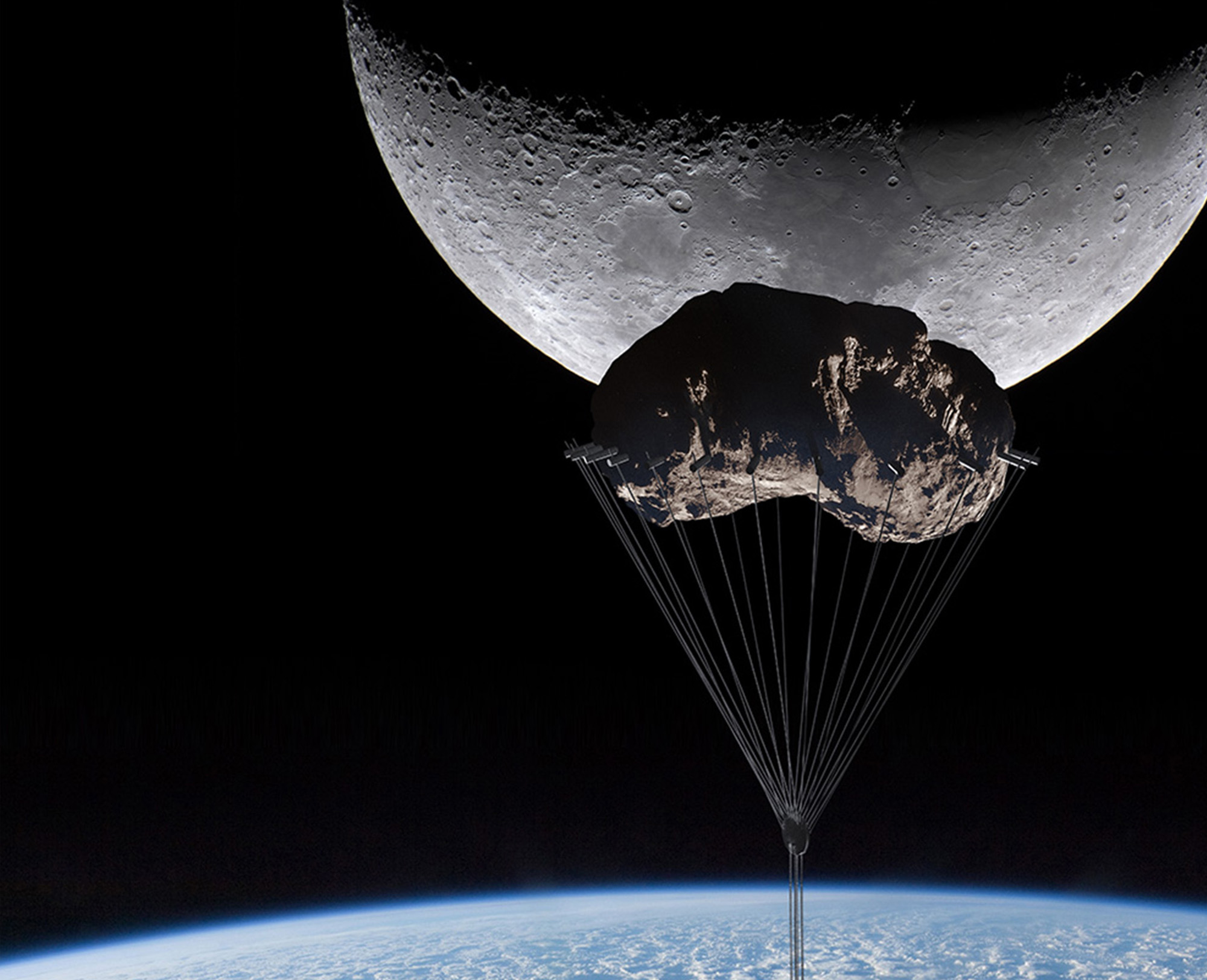
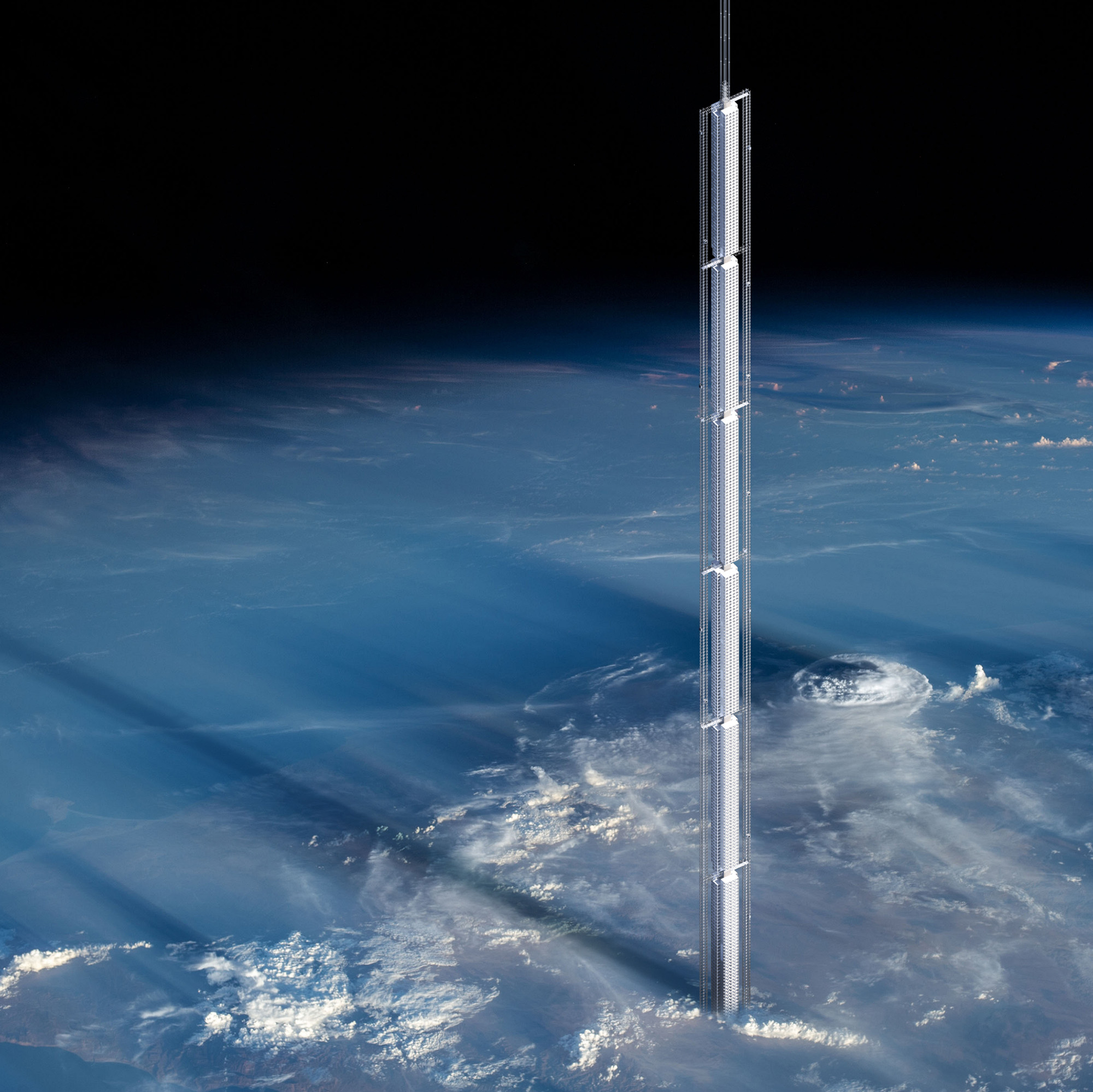 Manipulating asteroids is no longer relegated to science fiction. In 2015 the European Space Agency sparked a new round of investment in asteroid mining concerns by proving with its Rosetta mission that it's possible to rendezvous and land on a spinning comet. NASA has scheduled an asteroid retrieval mission for 2021 which aims to prove the feasibility of capturing and relocating an asteroid.
Manipulating asteroids is no longer relegated to science fiction. In 2015 the European Space Agency sparked a new round of investment in asteroid mining concerns by proving with its Rosetta mission that it's possible to rendezvous and land on a spinning comet. NASA has scheduled an asteroid retrieval mission for 2021 which aims to prove the feasibility of capturing and relocating an asteroid.Analemma can be placed in an eccentric geosynchronous orbit which would allow it to travel between the northern and southern hemispheres on a daily loop. The ground trace for this pendulum tower would be a figure eight, where the tower would move at its slowest speed at the top and bottom of the figure eight allowing the possibility for the towers occupants to interface with the planet’s surface at these points. The proposed orbit is calibrated so the slowest part of the towers trajectory occurs over New York City.
Analemma would get its power from space-based solar panels. Installed above the dense and diffuse atmosphere, these panels would have constant exposure to sunlight, with a greater efficiency than conventional PV installations. Water would be filtered and recycled in a semi-closed loop system, replenished with condensate captured from clouds and rainwater. Developments in cable-less electromagnetic elevators have effectively shattered height restrictions imposed by elevator cable spool volume.

While researching atmospheric conditions for this project, we realized that there is probably a tangible height limit beyond which people would not tolerate living due to the extreme conditions. For example, while there may be a benefit to having 45 extra minutes of daylight at an elevation of 32,000 meters, the near vacuum and -40C temperature would prevent people from going outside without a protective suit. Then again, astronauts have continually occupied the space station for decades, so perhaps it’s not so bad?
Analemma Tower is a proposal for the world's tallest building ever. Harnessing the power of planetary design thinking, it taps into the desire for extreme height, seclusion and constant mobility. If the recent boom in residential towers proves that sales price per square foot rises with floor elevation, then Analemma Tower will command record prices, justifying its high cost of construction.
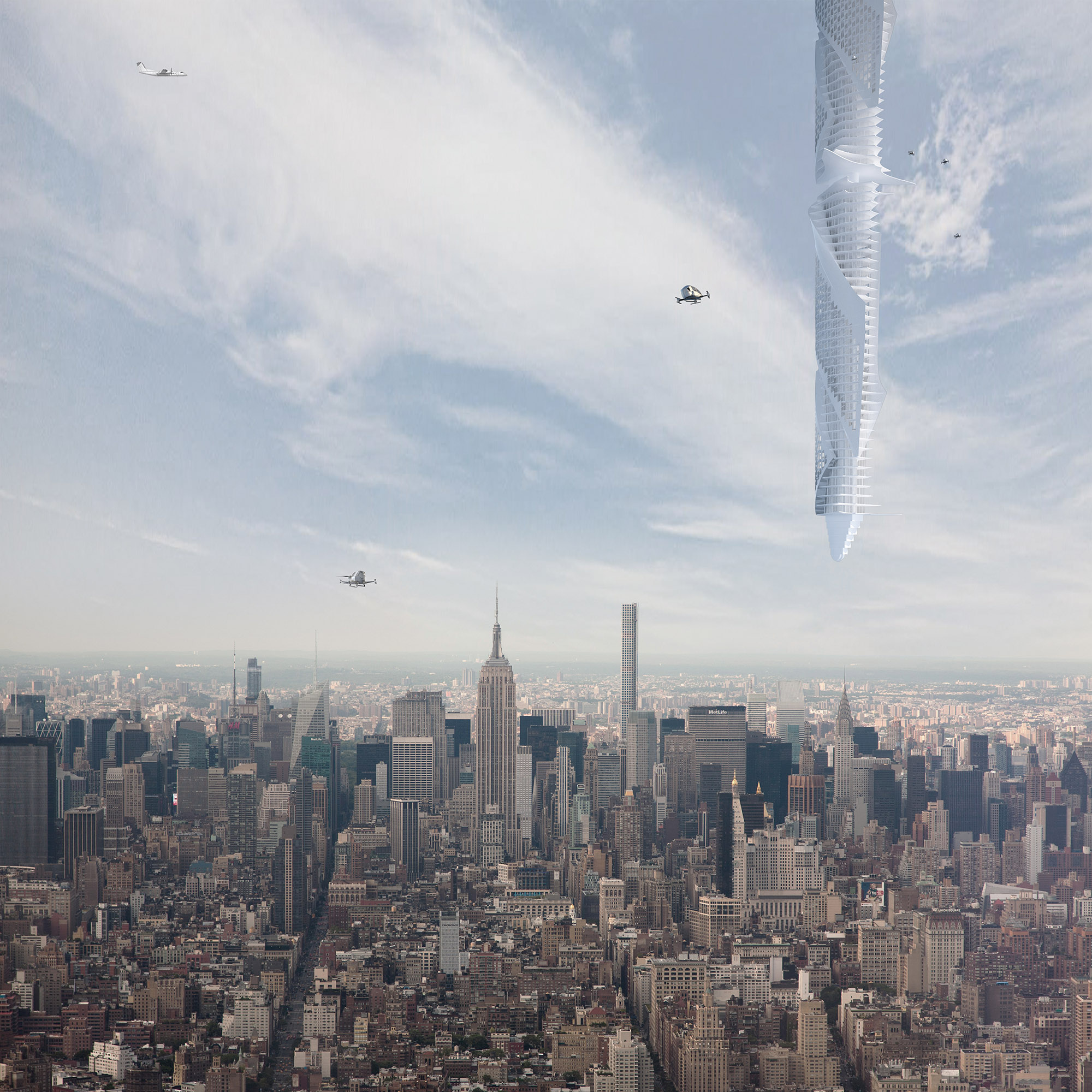
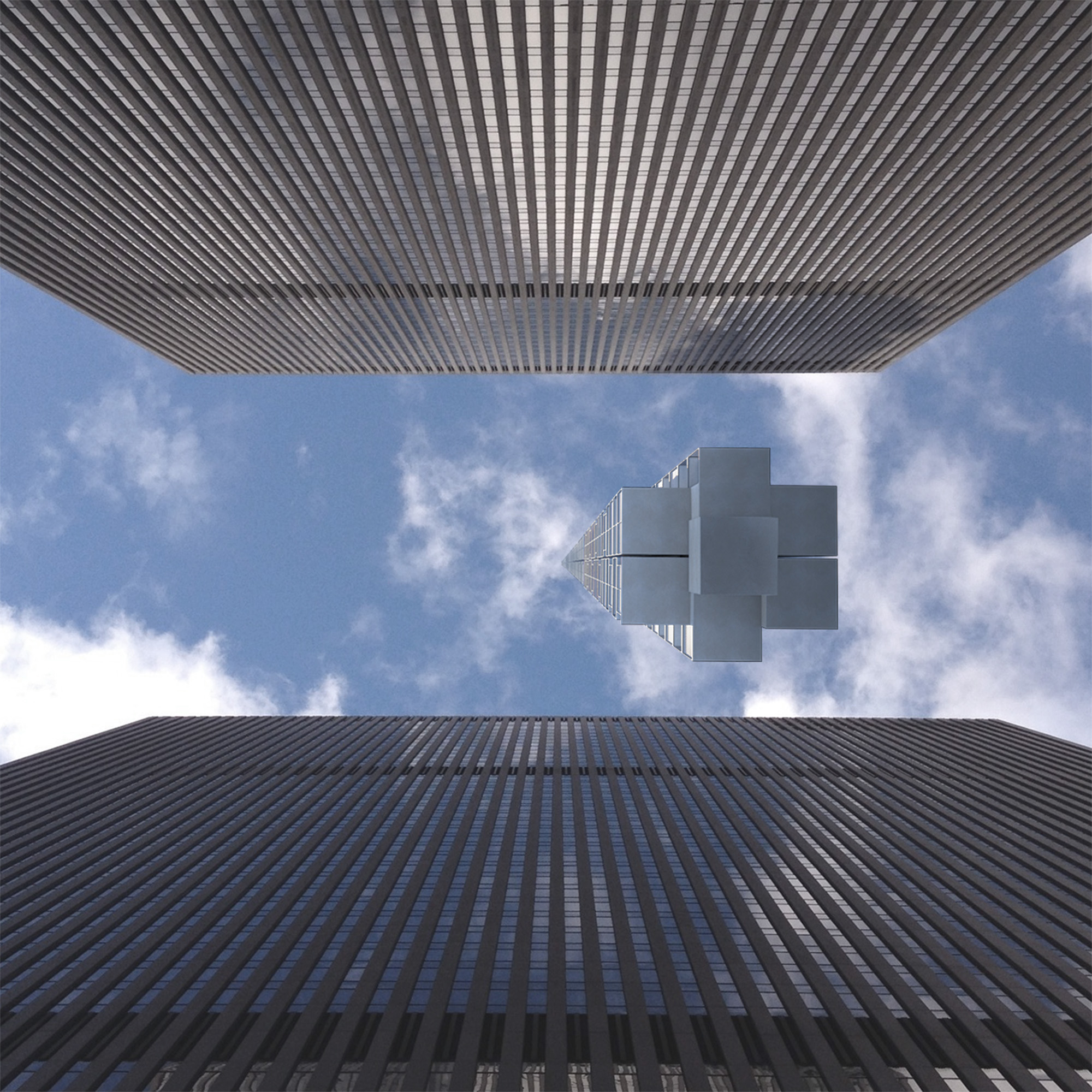

Type: Speculative, Space Architecture, Space Elevator
Location: Western Hemisphere
Completion: November 2016
Updated: June 2018
Design Architect: Clouds Architecture Office
Project Team: Ostap Rudakevych, Masayuki Sono, Kevin Huang
